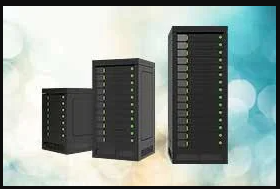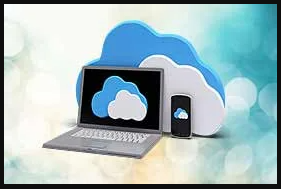Electronic Document Management System (EDMS)
The EDMS or electronic document management system is one of the many pieces of software designed to serve various functions.
Every enterprise relies heavily on a document management system (DMS) to streamline its business processes. Several types of enterprise document management systems are available that offer a wide range of management solutions to business problems.
EDMS is one management system that deals explicitly with electronic or digital documents. In an era where digital records have replaced paper documents, an enterprise must keep the integrity of all such documents intact. The functioning of EDMS is not limited to digital copies; you can also use this system to store paper documents in a scanned form. This system utilizes cloud-based technology to store large volumes of information so that all the stakeholders can easily access and retrieve relevant pieces of information as and when required.
What is an electronic document management system (EDMS)?
An electronic document management system (EDMS) is a centralized software that one can use for creating, managing, and storing information in various digital forms. Many people consider document management system (DMS) and content management system (CMS) as synonyms. But in reality, they both are different from each other in many aspects. Generally, we can use DMS to retain and protect digital information. At the same time, CMS is specifically designed to create and manage digital content on various web pages.
Likewise, an electronic document management system (EDMS) also differs from a content management system (CMS) on similar grounds as a simple document management system (DMS). The significant difference between them is the type of data that they manage. An EDMS deals with structural data in digital files like PDF, Word, Excel, PowerPoint, etc… In contrast, CMS can handle both structured and unstructured data. Apart from this, EDMS also allows users to perform multiple functions by using its web-based interface. It helps you share your data, find records, set security roles, and scan digital files and registers. By performing all those functions, an EDMS can significantly increase the efficiency of your workplace by improving the data flow and communication within your organization. Moreover, it also contains specific tools that assist you in the following ways:
- It helps you create digital files that you can store in your centralized database.
- It allows you to convert your paper documents into digital documents.
- It can organize your documents in a standardized file structure and format.
- You can more conveniently store and access your documents using EDMS.
- It also offers disaster recovery in the event of a system malfunction or data corruption.
How does EDMS offer document management solutions to its users?
EDMS use becomes inevitable when an enterprise reaches a tipping point where paper-based operations affect its overall working efficiency. Paper-based processes may work for small enterprises, but using an enterprise document management system becomes necessary for the larger ones. Most of the organization’s operations are based on resource-intensive business processes for which the use of EDMS becomes the ideal choice. This is because the management solutions offered by EDMS eliminate manual document maintenance and transform it to automate document maintenance.
Companies that fail to opt for the electronic document management system have to face problems like:
- Unnecessary delays in core business processes.
- Delayed response to the customers.
- Spiraling expenditures in archiving documents.
- Poor flow of information across departments.
- Too much time consumption in searching and retrieving documents.
- High risk of a data breach due to exposed information security.
- More chances of data entry errors due to manual processing.
Therefore, to overcome such problems, it is necessary that IT exerts of a company must look for new management solutions that standardize the information access within an organization, including all departments and working groups. For example, suppose one department uses its document management system while other working groups use personal file folders to archive their documents. In that case, it becomes challenging for a company to synchronize all the relevant information. In such a scenario, EDMS provides management solutions by setting a corporate standard where first it converts all the data into digital files and then stores it in a cloud-based document management system.
Ways of deploying an electronic document management system (EDMS)
One can use three common ways to deploy an EDMS within an organization. Whatever the way you may choose, it does not affect the working capacity of your document management system. A brief description of some of the options is discussed below:

Stand-alone
Small enterprises with a limited workload mostly use this method of deploying EDMS. This method requires zero installation, and you can set your database in your server along with your local file systems. This method is compatible with operating systems like Windows, Mac OS X, and Linux.

Shared Server
This is one of the best methods of deploying EDMS within your organization. In this method, a document management system is installed onto a shared server that can be easily accessed by all stakeholders and members of an organization. The primary perk of using a shared server is storing all your information within one centralized location, making it easy for all team members to share and access such information.

Cloud storage
This is the most advanced and secure way of deploying a document management system within your organization. This method requires zero installation and is far ahead in terms of its working efficiency compared to other methods available in the market. Several service providers are available that help you set up your cloud-based management system that offers a wide range of document management solutions to your problems. This method does not require the installation of any additional software; you only need a browser and internet connection, and you can access your data anytime without using any VPN or software.
